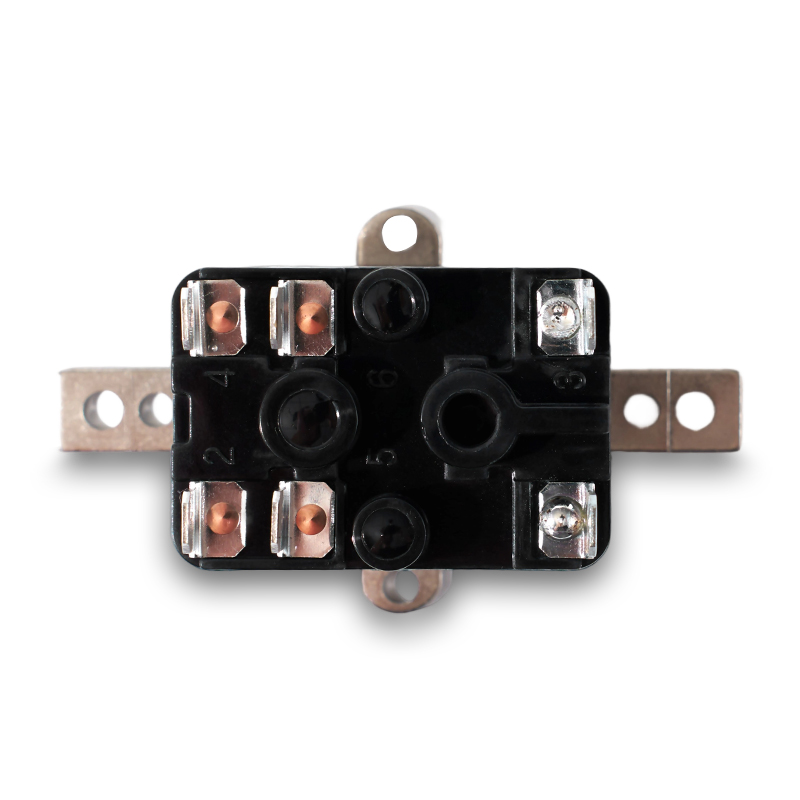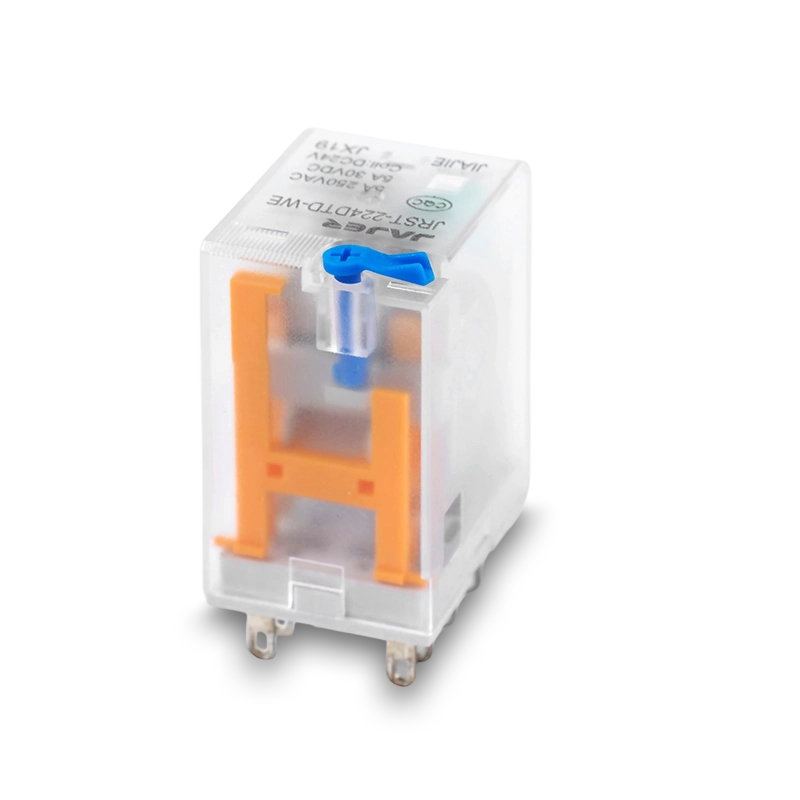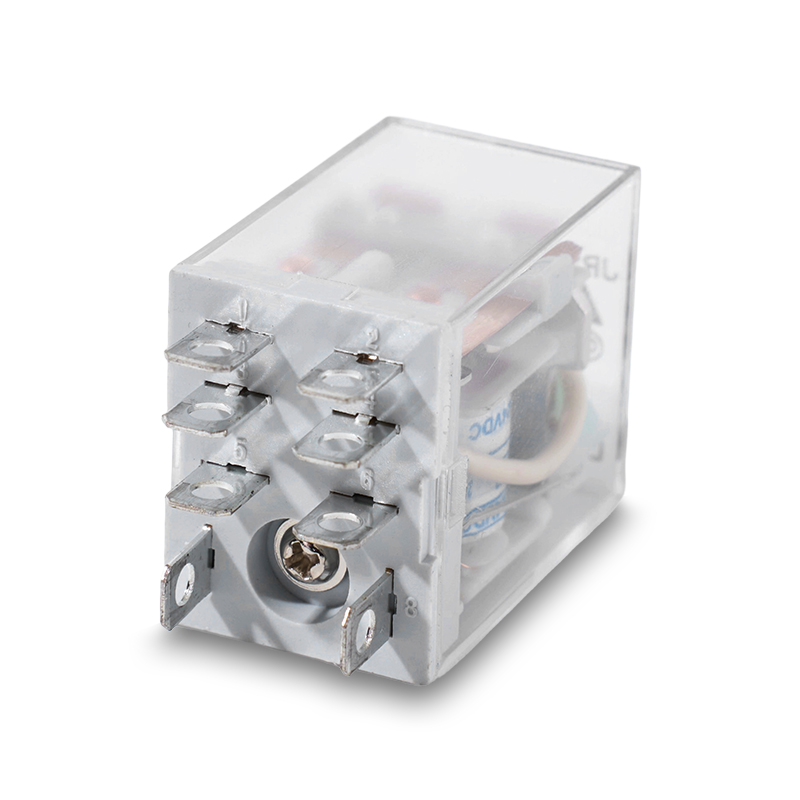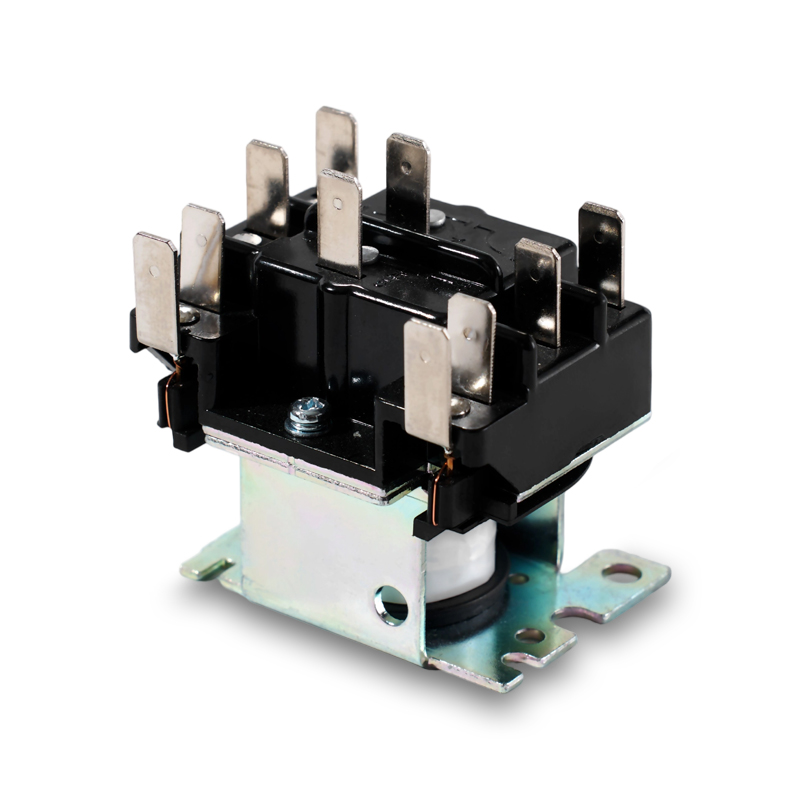

As essential components in various electrical and industrial applications, power...
Read More
When selecting the right Power Relay for your application, you may encounter two...
Read More
A power relay is an electrically operated switch that controls the flow of elect...
Read More
In industrial automation and electrical system design, selecting the right relay...
Read MoreHVAC Relays are essential components in heating, ventilation, and air conditioning systems, providing reliable switching for a wide range of electrical circuits. They are specifically designed to handle varying voltage and current levels, ensuring that critical components such as compressors, fans, and heating elements operate safely and consistently. By isolating control circuits from high-power components, HVAC Relays protect sensitive electronics from electrical stress, extending the lifespan of the entire system. These relays are available in multiple configurations to accommodate residential, commercial, and industrial HVAC setups, including both single-pole and multi-pole designs.
The reliable operation of HVAC Relays helps maintain system stability even under fluctuating loads, which is especially important in regions with variable climate conditions. Their role extends beyond simple switching; they also contribute to energy management by allowing systems to respond accurately to user inputs and automated controls. Using durable materials and carefully designed contacts, these relays can withstand frequent operation without degradation in performance. Installation is straightforward, and regular testing ensures consistent functionality, less unexpected system failures. Overall, HVAC Relays provide a foundation for safe, dependable, and efficient operation of heating and cooling systems.
HVAC Control Relays offer precise control and coordination between multiple parts of an HVAC system, ensuring that all devices operate in harmony. Unlike standard relays, control relays can manage several circuits simultaneously, allowing compressors, fans, pumps, and other equipment to respond in a synchronized manner. Many HVAC Control Relays are equipped with additional features such as time-delay functions, overload protection, and auxiliary contacts that enable monitoring and diagnostic capabilities. These functions allow technicians to track system performance and detect potential issues before they impact operation.
The use of HVAC Control Relays improves operational efficiency by reducing energy waste and avoiding unnecessary wear on components. They are particularly useful in complex installations where the interaction between multiple devices must be carefully managed to maintain comfort levels and stable environmental conditions. Fast response times and reliable operation make these relays suitable for both automated systems and traditional setups that rely on manual control. Proper installation and periodic maintenance ensure that control relays continue to deliver consistent performance throughout seasonal changes, contributing to safer, more efficient HVAC operation over time.
HVAC Relay Modules integrate multiple relay functions into a single, compact unit, offering a convenient solution for modern HVAC systems. By combining several relays into one module, they reduce wiring complexity and help less the risk of errors during installation. Modules often feature protective elements such as surge suppression, short-circuit prevention, and status indicators, which provide both operational clarity and additional safety for the system. These modules are particularly valuable in applications where space is limited or where multiple devices require coordinated control.
The modular design of HVAC Relay Modules allows for easy replacement or upgrading without extensive rewiring, making them practical for ongoing maintenance and system expansion. They are widely used in residential, commercial, and industrial environments, helping to streamline system design while maintaining reliable operation across all connected components. Additionally, HVAC Relay Modules support improved energy efficiency by enabling precise switching and reducing unnecessary energy consumption. Their adaptability and integrated protective features make them suitable for managing heating, cooling, and ventilation equipment in a wide range of HVAC applications, providing a flexible and dependable solution for modern system requirements.